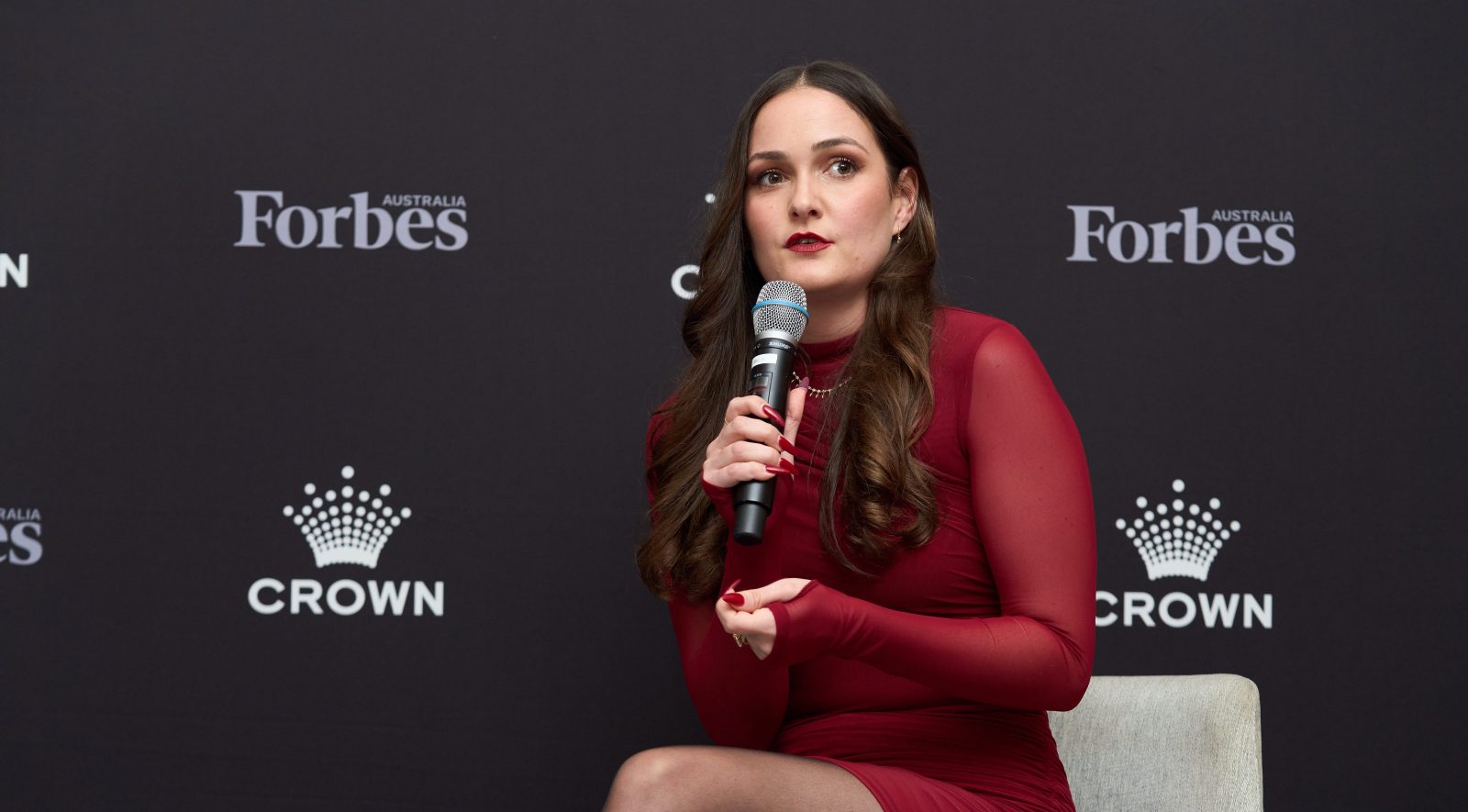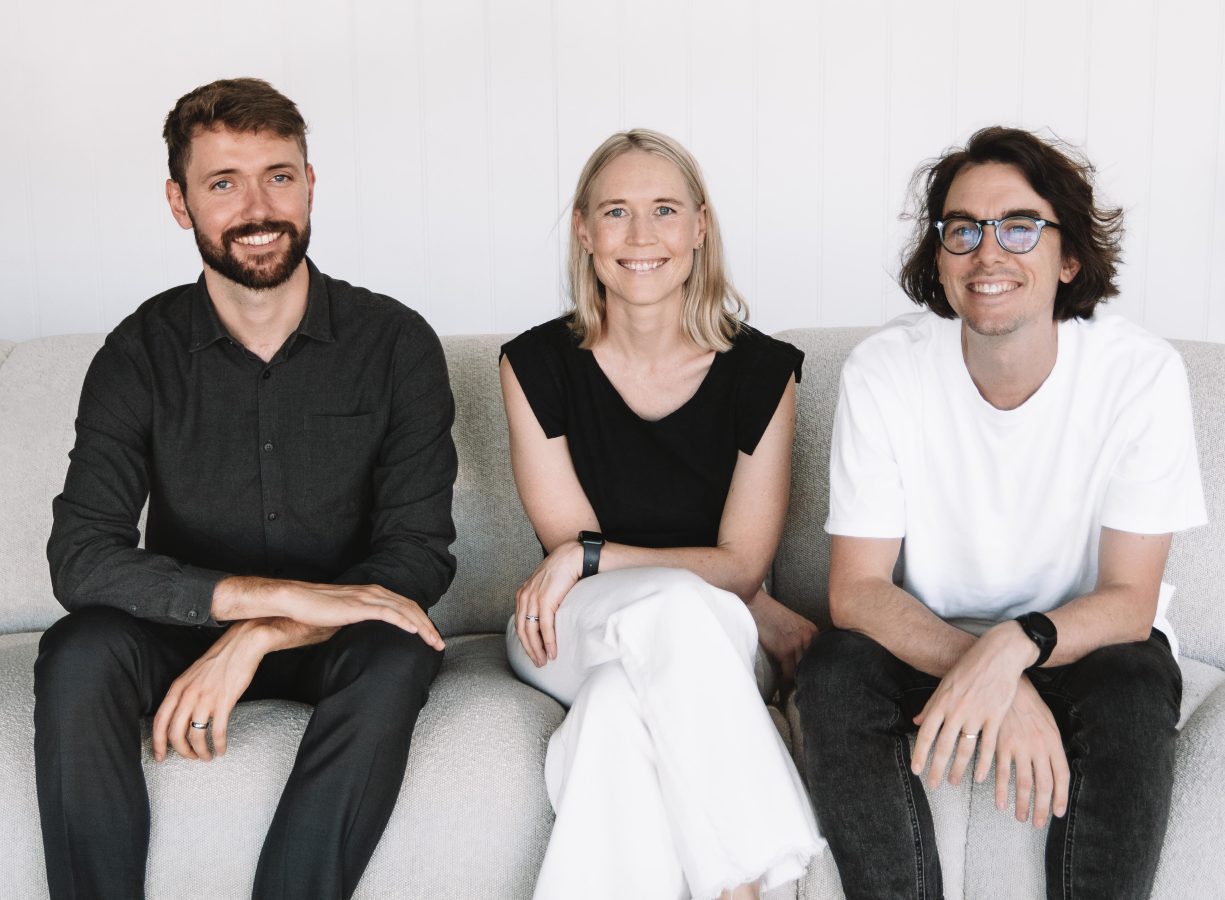After participating in Cicada’s Fast Start program and the Startmate accelerator, the brains behind Puralink have closed an oversubscribed seed round led by Peak XV.
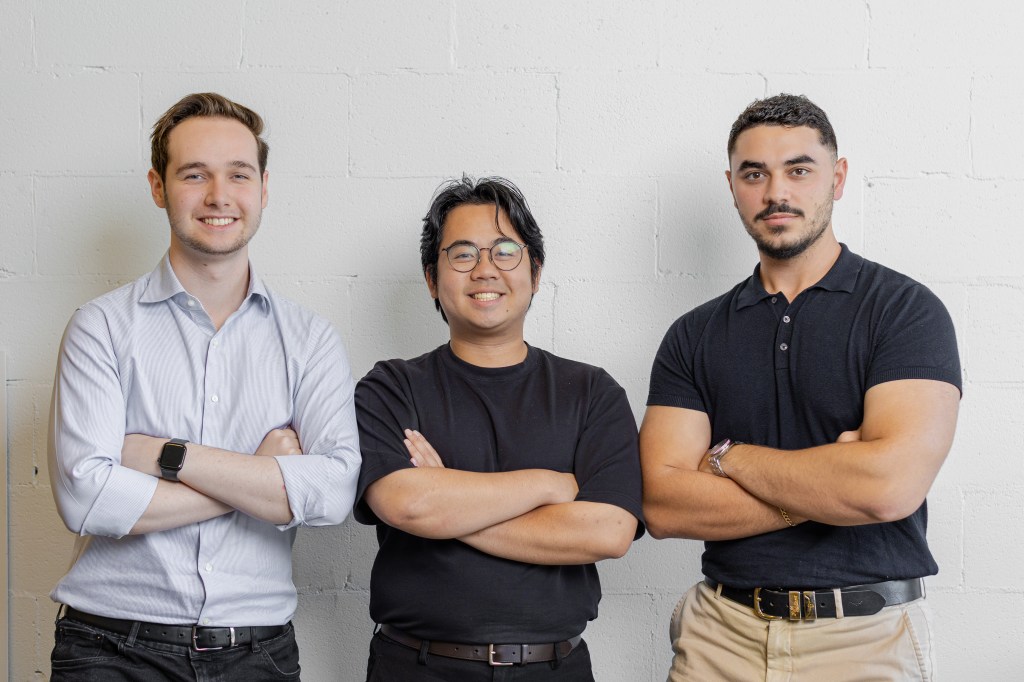
We have all heard the saying ‘if it ain’t broke, don’t fix it.’ But sometimes, the challenge is knowing if something is broken and needs to be fixed in the first place.
“Your sewage, your wastewater, water supply pipelines, mining, oil and gas. These things are often out of sight, and when critical infrastructure breaks it’s catastrophic,” says Puralink co-founder Shyeon Delnawaz.
Needing a quick fix for broken infrastructure far beneath the earth’s surface, is a scenario that 19-year-old Harrison Crowe-Maxwell lived through in 2019.
“We were under stage two water restrictions, we couldn’t wash the car and couldn’t water the garden,” he says. “I left the house one day and a big pipe leak turned my street almost into a river.”
The UTS engineering student was living in Frenchs Forest on Sydney’s upper north shore at the time.
“The local utility finally showed up, and they started digging to find this leak. And they kept digging and digging, and ended up digging up half the street. It became really obvious to me how inefficient, how expensive, and how disruptive this kind of out-of-sight, out-of-mind infrastructure was.”
Crowe-Maxwell knew there had to be a better way to locate faulty pipes, and set out to develop a solution. It was a project he tinkered with over the next three years. He met Delnawaz while working at Amazon Web Services, and in 2022 the two hatched a plan to commercialise Crowe-Maxwell’s innovative side project.
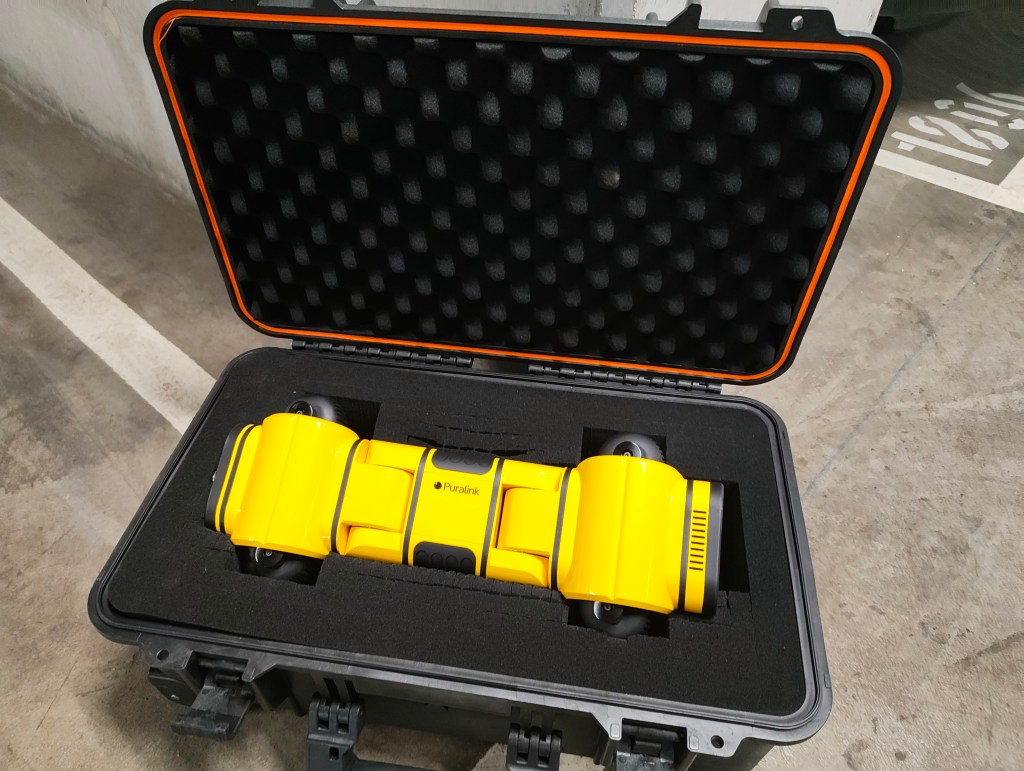
“The ferret is this flexible little autonomous robot that crawls through the pipes and finds the leak. It has a camera and LIDAR, and maps out exactly where the pipes are,” says Crowe-Maxwell, Puralink’s CEO.
There are similar solutions on the market, but the ‘secret sauce’ of the Australian innovation is its ability to detect leaks autonomously.
“We have a patent on the technology and in an industry first, the ferret can travel up to a kilometre and go around corners, intersections, and vertical pipes ,” says co-founder Delnawaz.
The ferret device is 40 centimetres long and 150 millimetres thick, enabling it to crawl through pipes as small as six inches in diameter – which account for more than 60% of the world’s pipe infrastructure.
Assembling ‘the Avengers’ of investors
For the first two years it existed, Sydney-headquartered Puralink was bootstrapped by the founders. Early in 2025, Delnawaz, Crowe-Maxwell, and their third co-founder, mechatronic expert and CTO Long Tran, raised $150,000 from two angel investors. The company also participated in Cicada’s Fast Start program, and the Startmate accelerator, which gave them a cash injection.
Startmate CEO Michael Batko has watched the Puralink ‘ferret’ come to fruition throughout the founder’s journey.

“The Startmate team just visited Puralink’s new Surry Hills office post-raise and it was a reminder of the possibility we saw when we first invested. Only now, it’s real,” says Batko. “What started as just the founders in an accelerator is now a team buzzing with energy.”
It is also a team that has just closed an oversubscribed $2.3 million seed round led by Peak XV (Sequoia’s APAC seed fund), with participation from Side Stage Ventures, Startmate, NZ VC, and Robyn and Victoria Denholm’s Wollemi Capital Group.
Markus Kahlbetzer is a partner with Side Stage Ventures. He calls the Puralink innovation ‘world-class.’
“Their robotics technology enables service providers to deliver superior outcomes across aging water networks that are difficult and costly to access. At Side Stage Ventures, we backed an exceptional team tackling a complex global challenge with a solution that promises significant long-term value to our aging infrastructure,” says Kahlbetzer.
Angel investors from Australian success stories Deputy and Four Pillars Gin also chipped in on the seed round, as has Aussie NBL and former NBA player Matthew Dellavedova.
“We’ve assembled and brought on the Avengers of investors,” says Delnawaz with a laugh.
While pipes in Australia are Puralink’s first challenge, the global addressable market presents significant potential upside for investors looking for return on their capital.
“Across Australia, North America and the EU we’re looking at about 55,000 service providers to sell to. It is a $5.26 billion opportunity, and that’s just the base inspection. There’s more opportunity when we add modularity and start deploying these robots to live in the pipes,” says Delnawaz.
Having the ferret robot live permanently in underground pipes is a goal that the founders believe can be achieved in around five years. Currently, the battery allows the device to run for 24-hours before needing to be recharged.
That timeframe is set to be expanded however, as the founders have plans to harness energy from moving water in the pipes so it can recharge itself.
The power of bootstrapping
Now that Puralink has secured seed funds, the founders are expanding the engineering team and working to incorporate kinetic energy capability into the pipe robot.
Bootstrapping the business – and retaining as much equity in the company as possible – was only possible because Puralink had early customers, the founders say.
ASX-listed Service Stream operates and maintains essential infrastructure in Australia, the Watertight Group services the Sydney Harbour Bridge and defence customers, and WA-based firm Saltire Infrastructure maintains and repairs pipes.
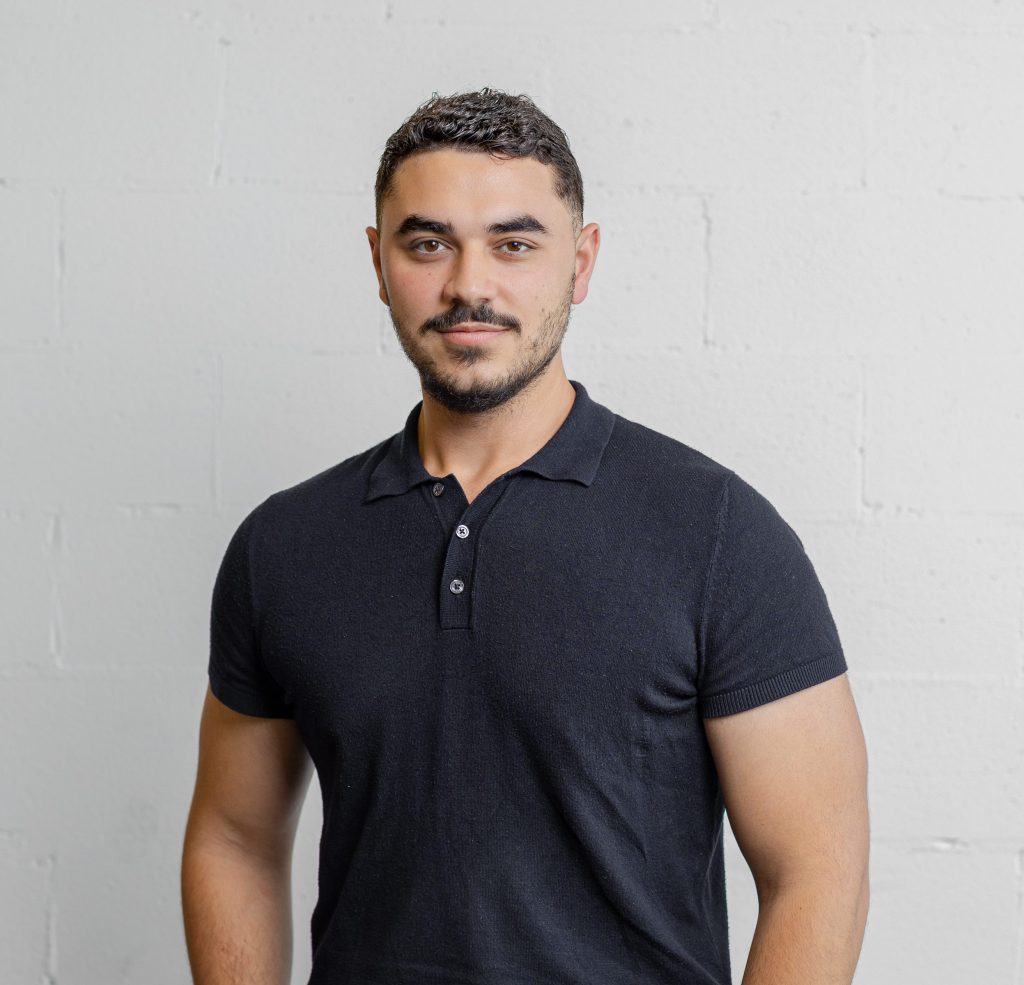
“They’re design partners,” says Delnawaz. “They pre-ordered a robot, and have given us monthly development meetings, trial sites, and connections to their utility so we can help build this technology.”
The tech that makes the ferret robot possible
The last decade has seen significant advancements in the technology that underpins the ferret robot.
“NVIDIA Jetson has been incredible for getting Edge compute to where it needs to be,” says Crowe-Maxwell. “Miniaturising technology means we can fit a lot of really strong compute into a small form factor, which allows us to fit in those pipes. It was just not possible 5 or 10 years ago.”
That physical manifestation of AI capability is good news for the nation’s aging infrastructure, and for the health of the globe, the CEO says.
“Globally, we’re losing almost 30 per cent of all our fresh, clean drinking water to pipe leaks,” says Crowe-Maxwell. “As water scarcity becomes a bigger problem with climate change, this is a resource we really have to protect.”
Look back on the week that was with hand-picked articles from Australia and around the world. Sign up to the Forbes Australia newsletter here or become a member here.

